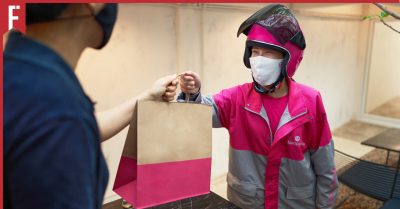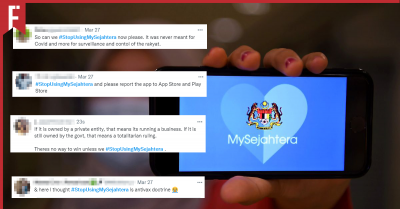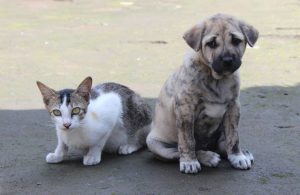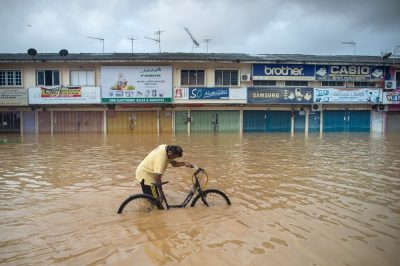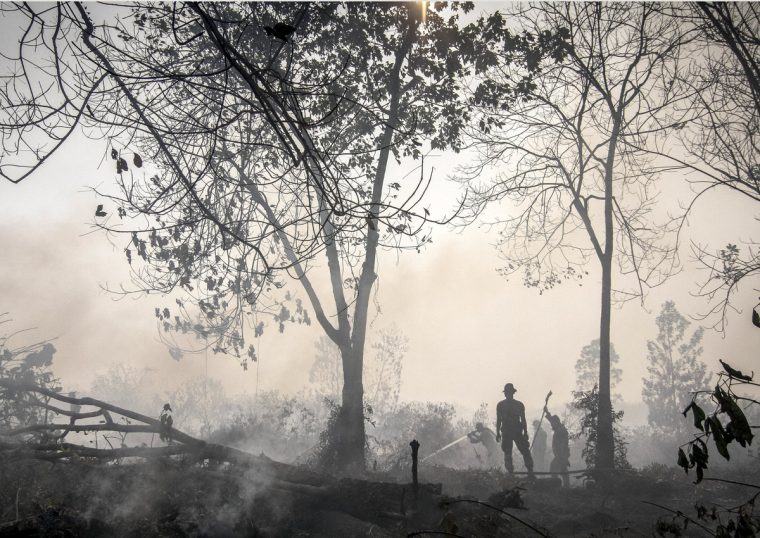
Like the annual haze celebration, we may have grown accustomed to the API readings fed to us on an hourly basis by now.
Pour us the same pollution figures day in and day out and we start to get comfortable with the numbers, as how we’re commonly fed with other worthy topics of the day like local property talks and the recurring toxic air. So common these figures are that they went over our heads, missing our consciousness to realise how close we are to a state of serious health complications – and maybe death.
API Causes API
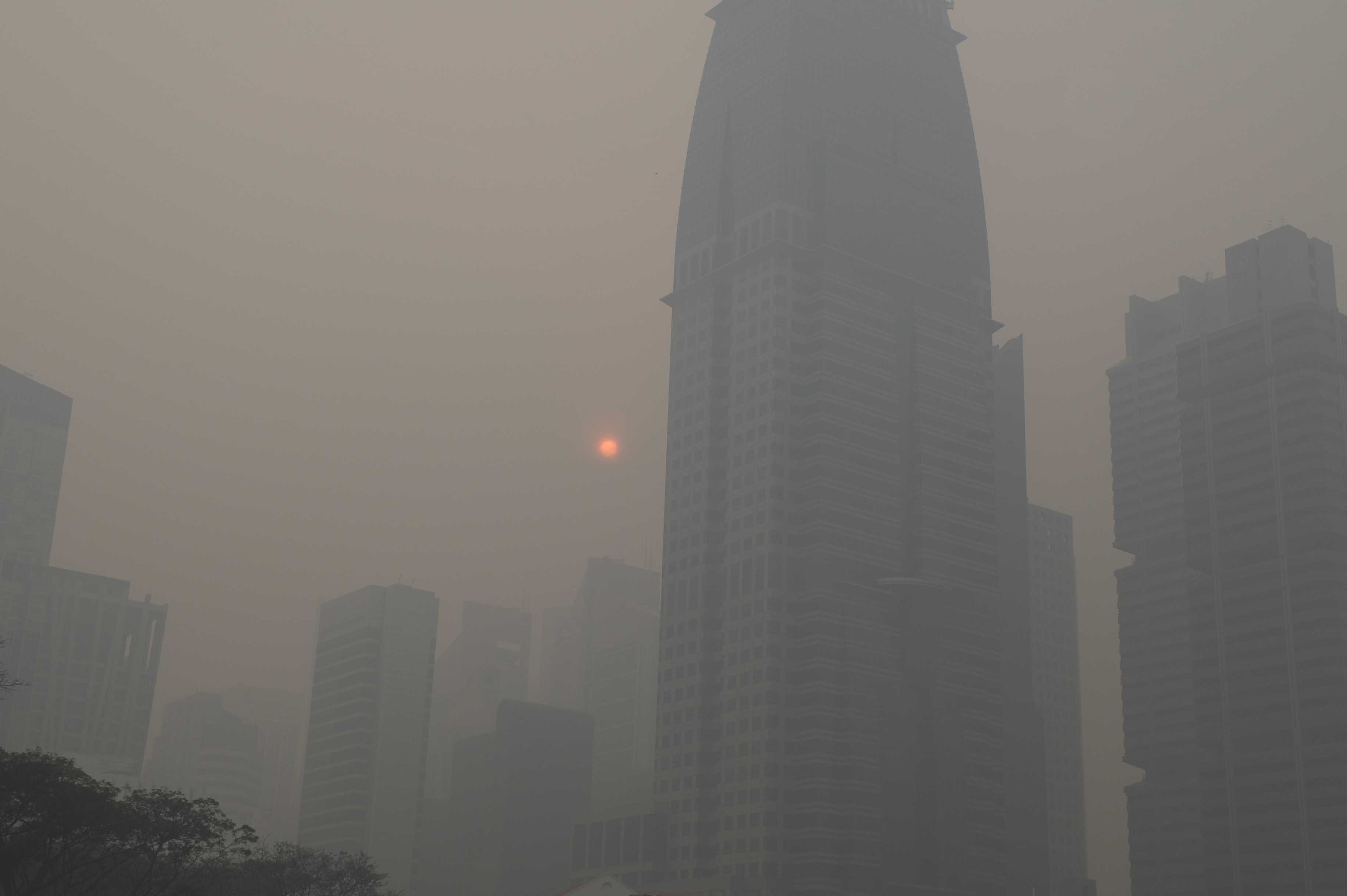
The API stands for Air Pollution Index. Updated according to international health standards last year, our government now take the PM2.5 readings into consideration as well. The PM2.5 stands for Particle Matter 2.5 – fine particles lesser than 2.5 micrometres or micron.
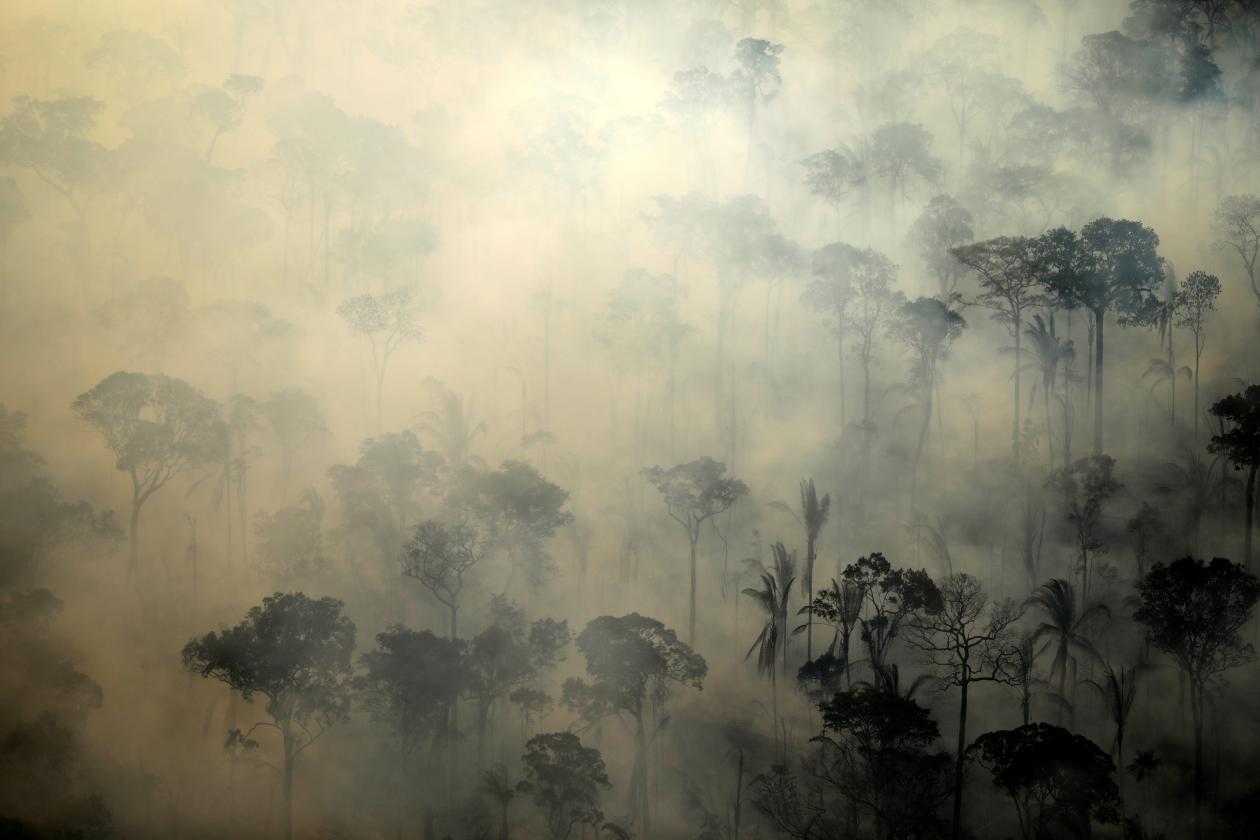
So how small is a micron?
Still larger than Hank Pym’s subatomic state, a micron is merely 1 millionth of a meter and 2.5 micron is about 30 times smaller than the width of a human hair. So small that these airborne particles float and stay in the air longer, travel long distances and have an extremely high chance of being inhaled by humans.
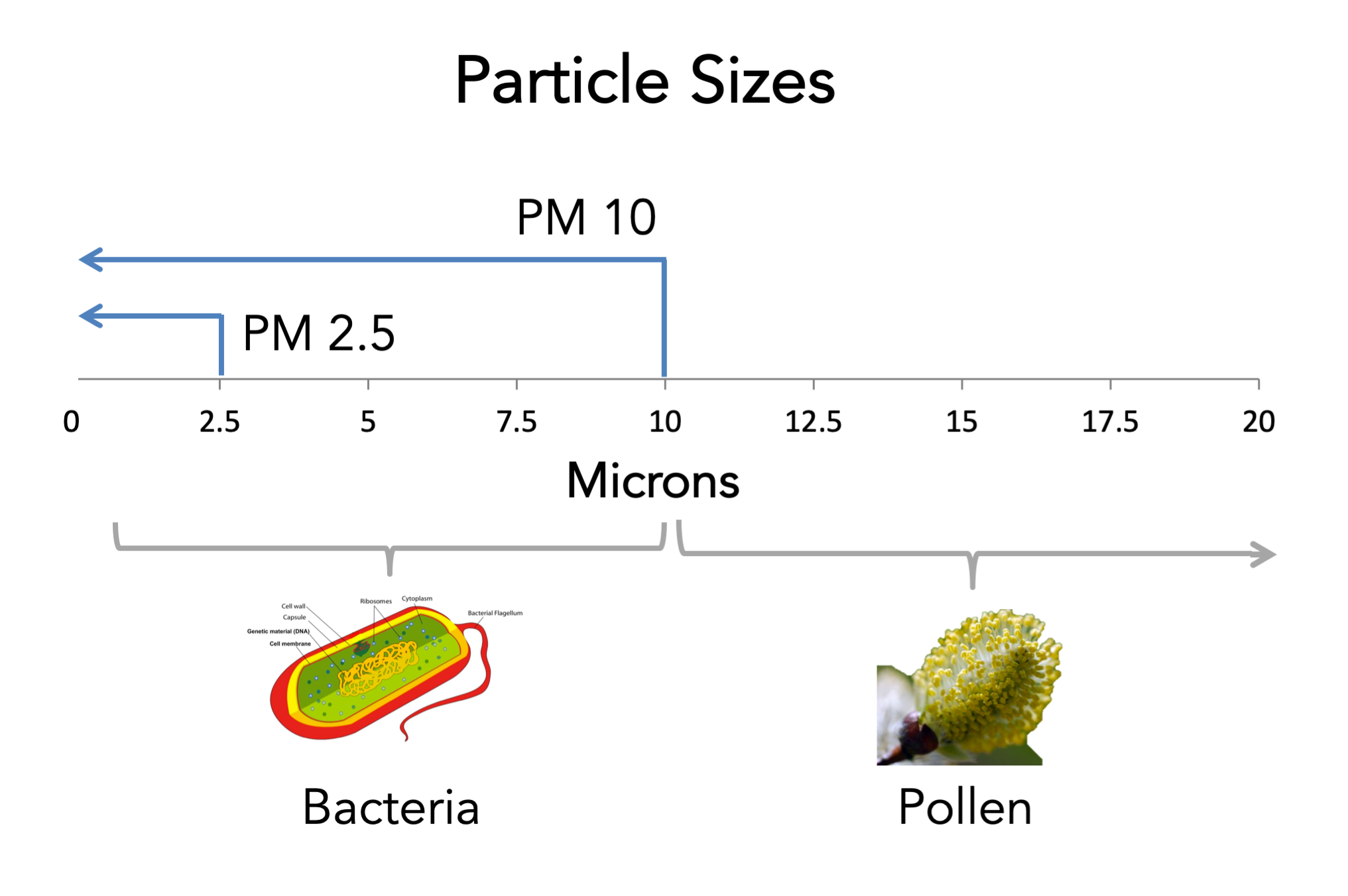
The problem is that they’re not fairy dust and they don’t grant wishes, unless your wish is morbid-ish, of course. These minuscule particles are dangerously toxic to the lungs and they can bypass the body defence mechanism in a snap, penetrating deep into the lungs and bloodstream, like having millions of (evil) Scott Langs inside you.
Why should you care? The ignorant in you asks.
Well, apart from hundreds of thousands of critical cases and deaths reported annually, the fact that the haze (specifically the PM2.5) may have major health impacts on the people you love should jolt you back to the land of the Concerned Citizen because haze is risky business for children and the elderly. More hazardous for those with lung or heart disease.
Generally, there are two known health impacts from the haze. Read below:
Short-Term Effect

If you are continuously exposed to haze (up to a few days) and the particles it carries, the symptoms below will subside once you stay indoors.
-
Common eye irritation, watery eyes and for extreme cases – conjunctivitis
-
Runny, stuffy nose and sneezing
-
Dry and sore throat
-
Headache and fatigue
-
Decreased lung function, chest pain and bronchitis (lung inflammation)
-
Diarrhoea
-
Anxiety, stress and depression-like symptoms like insomnia
Long-Term Effect
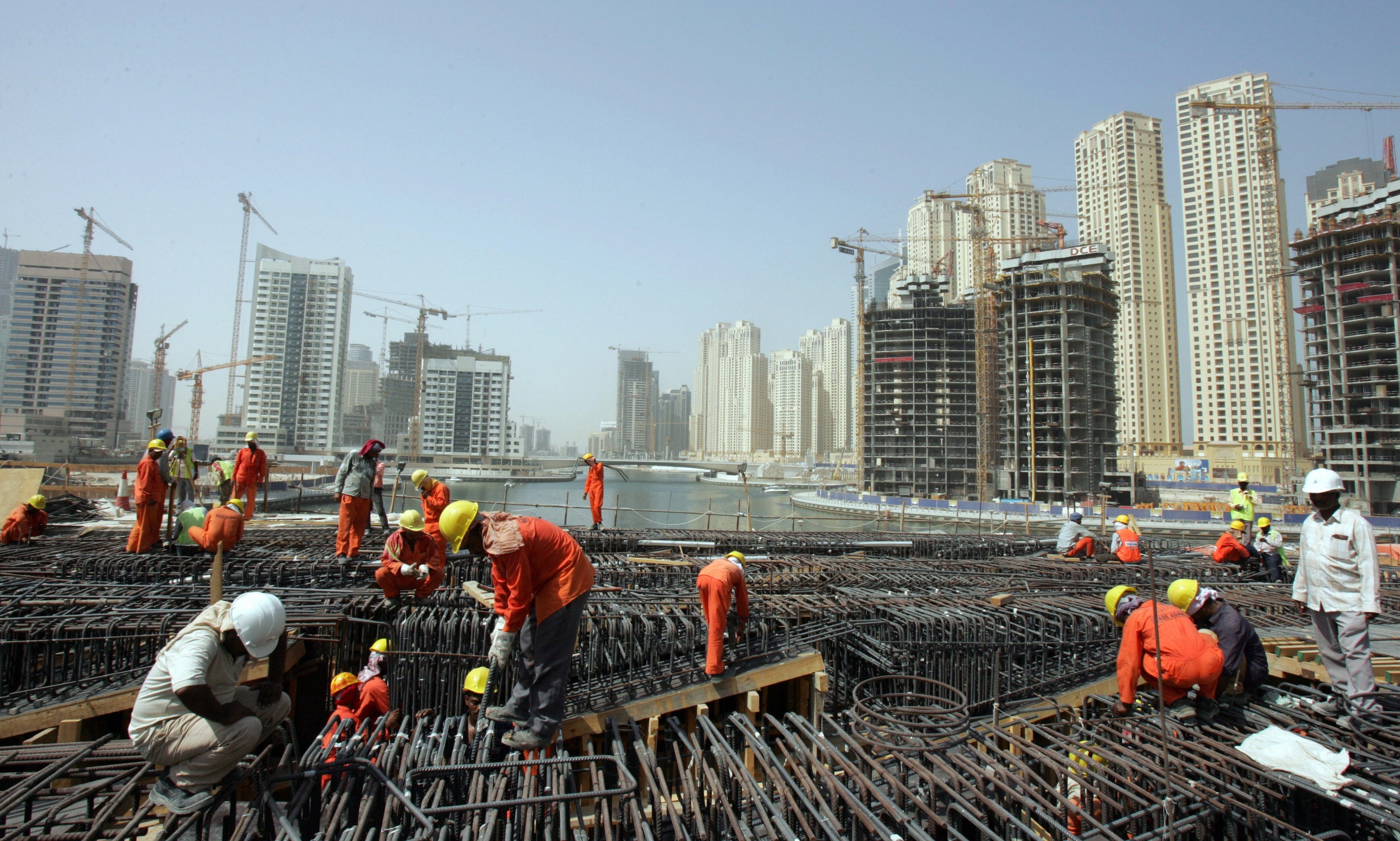
Now, this is when you’re exposed to the haze especially the PM2.5 for a few weeks up and up to a couple of years, like those who work outdoors at construction sites, farms or particle-producing factories.
-
For those with cardiovascular disease – you may experience a faster rate of thickening of the arteries
-
Also, it may increase the risk of death by cardiovascular disease
-
It will also reduce your life expectancy
-
Breathing in the particles for 10 weeks or more may promote liver fibrosis (scarring)
-
It will also increase the risk of metabolic disease and liver dysfunction
-
For diabetics, it may induce insulin resistance, causing inflammation and contribute to the aggressive development of diabetes
-
And for expecting mothers, it may cause spontaneous miscarriage, premature birth, birth defects and possibly infant deaths.
Possible Particle Protection?
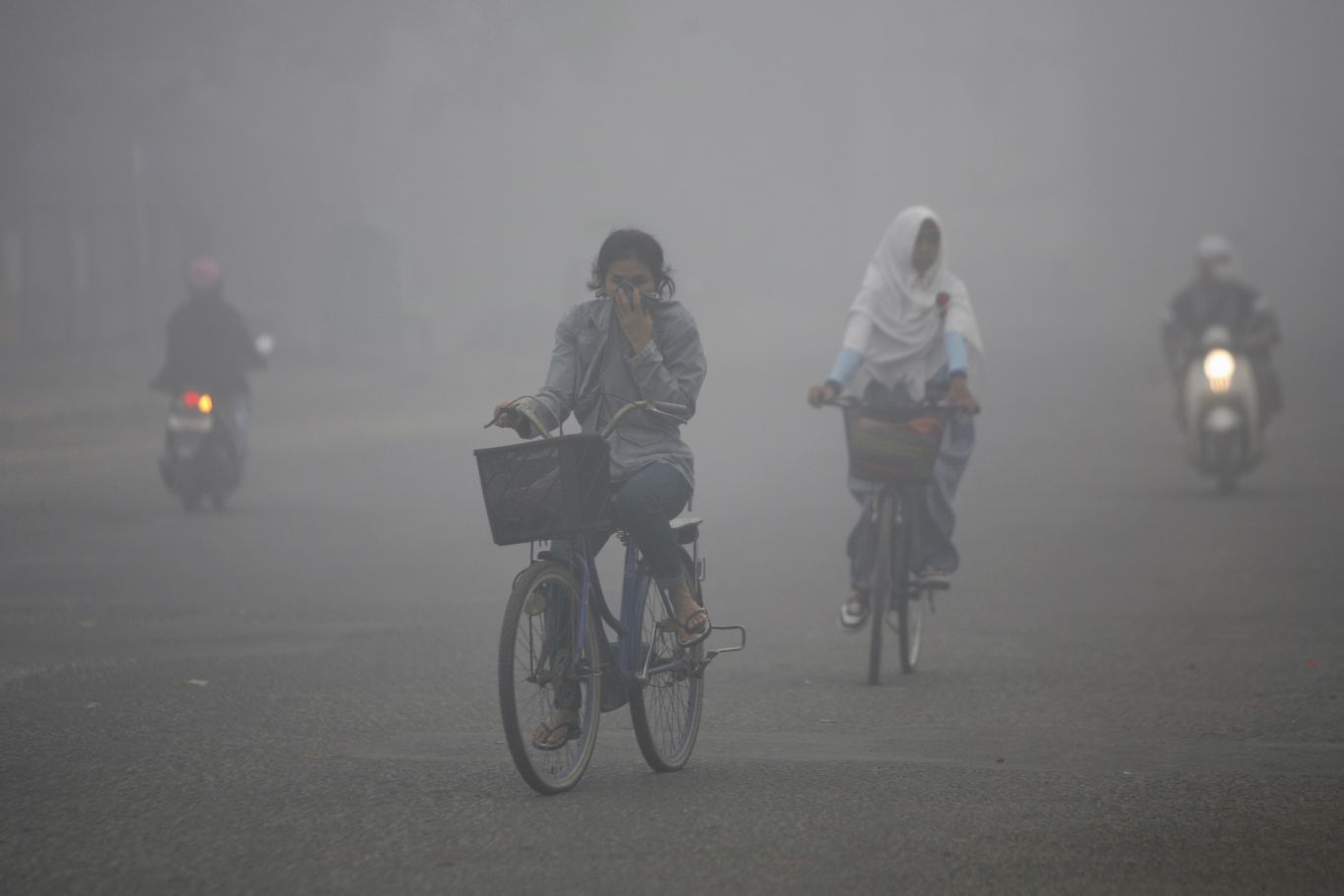
By right, any condition above the 100 API mark is considered unhealthy thus your best bet is to stay home but we all know that’s quite impossible. So what should you do then?
-
Drink plenty of water. Contrary to popular belief, drinking water does not cure you from haze-related symptoms but it may reduce and alleviate the conditions like sore and dry throat.
-
Wind up the window on the road. When driving, switch the internal air cycle too for good measure.
-
Set aside saline drops as natural tear supplements for those dry eyes. Saline solution helps wash away haze compounds and particles.
-
Wear a mask outside! Of course, the N95 mask works best in all conditions but for short exposures (like daily commuting), you don’t exactly need one. You may use other NIOSH-approved or European Standard EN149 masks of any kind.
-
Stay indoors – Yes, like above, your best bet is to stay indoors. All the time.
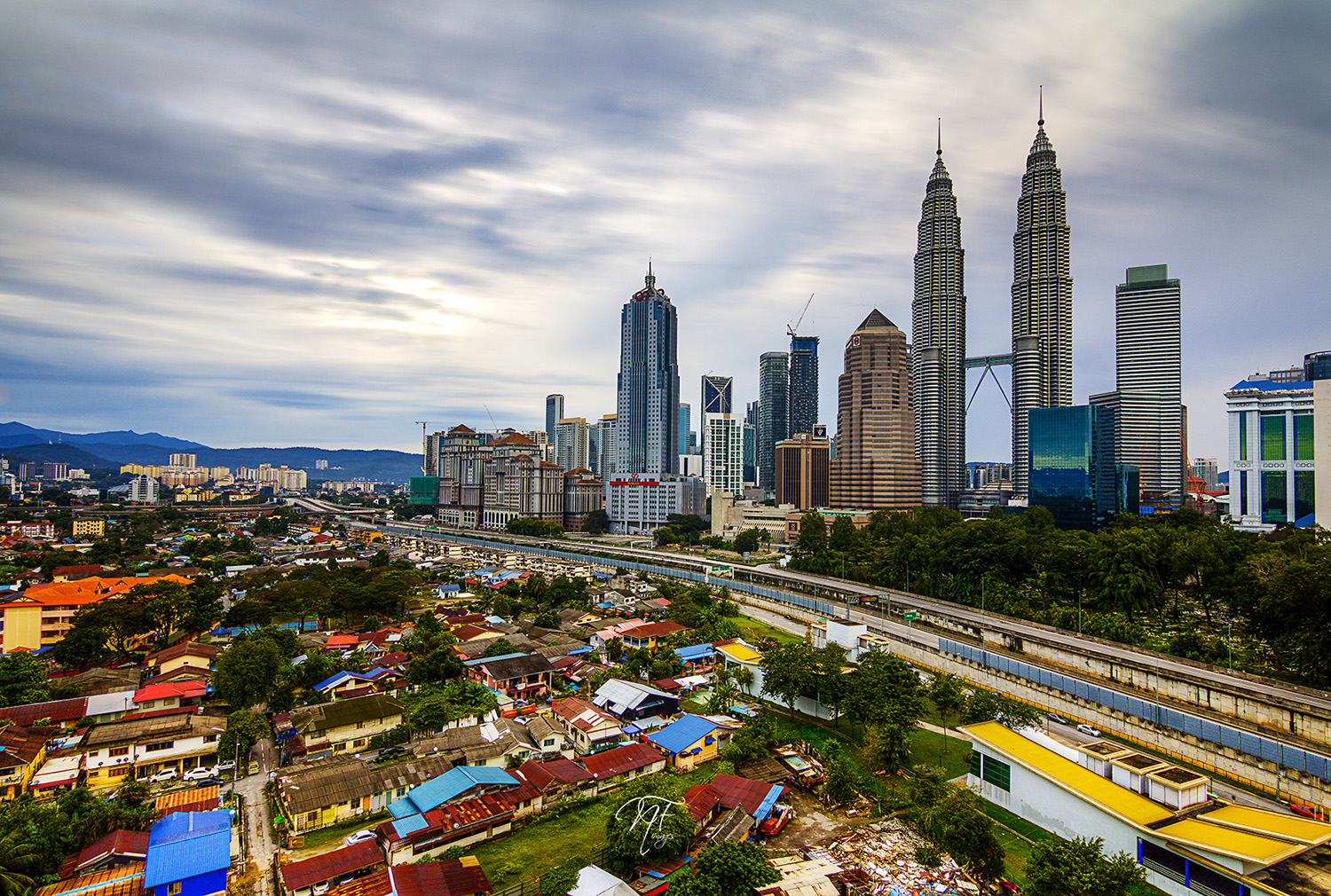
You may choose to ignore this but we’d like to recall yesterday’s news by Kompas.com where at least two people fell victim to the haze in Sumatra. The first case is a 4-month old baby in Talang Bulu off the Banyuasin regency who died of severe respiratory problems and another one is a 59-year old senior citizen who was found dead, lying in a thick smog in Pekanbaru, Sumatra. Pekanbaru recently recorded an all-time high API of 385.
The haze may not seem disastrous (and deadly) to us but with constant exposure on a yearly basis, we’re not so far off from the ground zero victims in Kalimantan and Sumatra. Educate yourself, help those around you and share this article to remind your loved ones.
For accurate API readings, click HERE or more city-specific HERE. For more haze-related health matters, read here and here. For more helpful stories, follow our Facebook and Instagram today.

